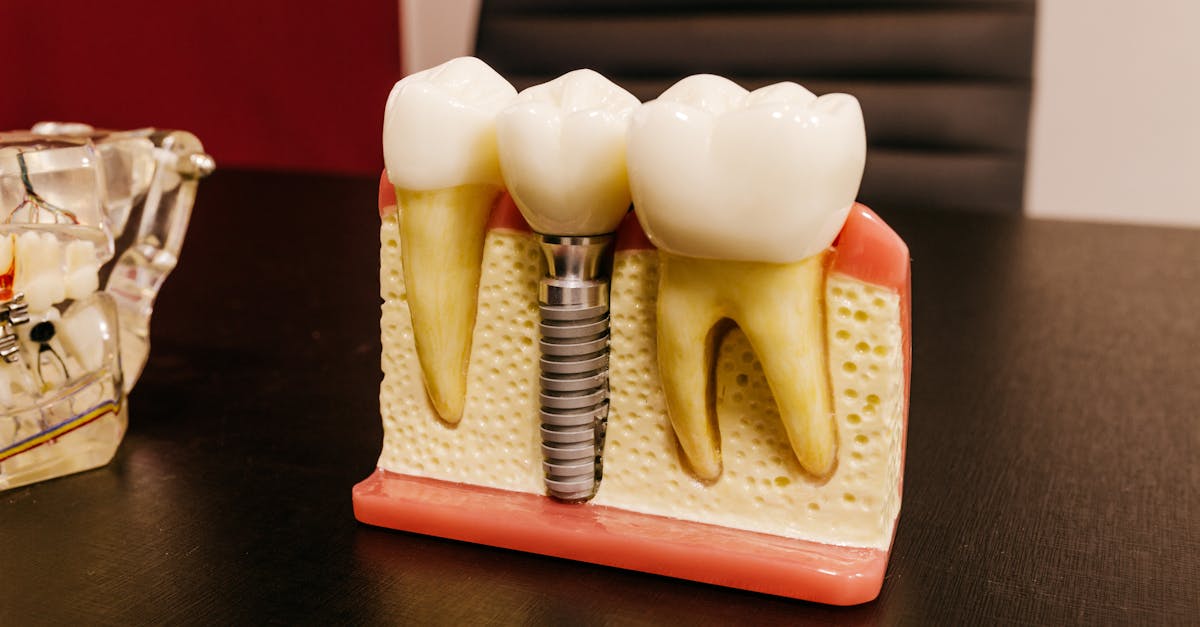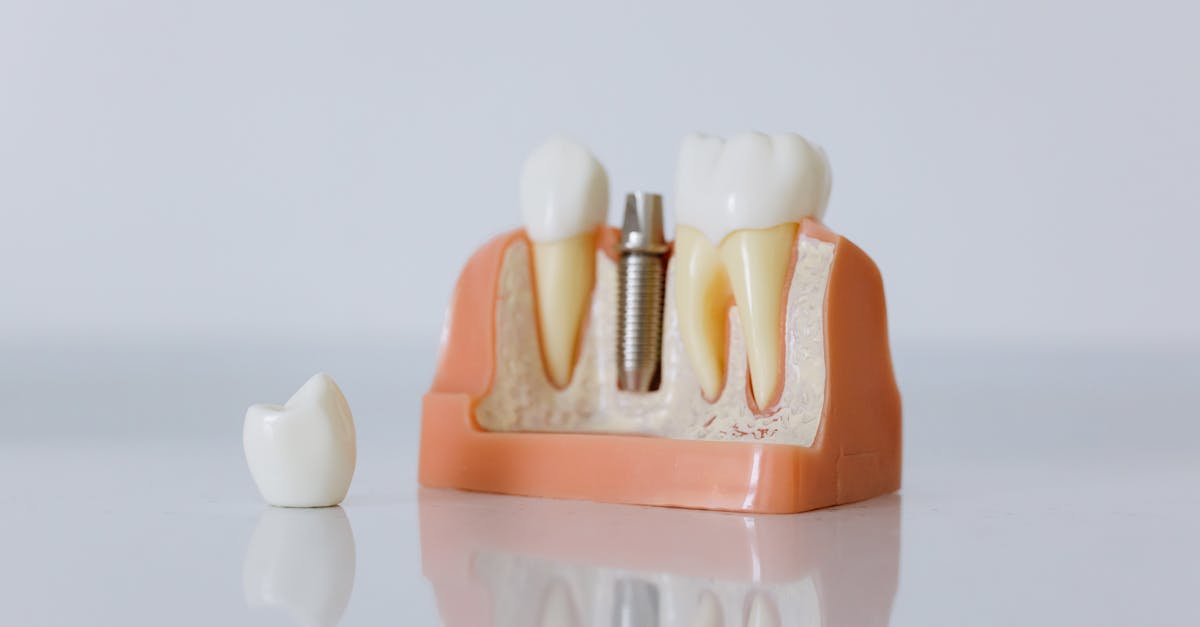Understanding Physical Therapy
Introduction
Physical therapy services play a crucial role in rehabilitating individuals from various injuries and health conditions. They encompass therapeutic exercises, manual therapy, and patient education aimed at restoring movement and function. Understanding these services can aid in making informed choices about healthcare.
Advertisement
What is Physical Therapy?
Physical therapy, or physiotherapy, is a healthcare practice focused on evaluating and treating physical impairments through movement-based interventions. Physical therapists use a combination of exercises, manual techniques, and technology to facilitate healing, improve strength, and enhance flexibility and balance.
Advertisement
Common Conditions Addressed
Physical therapy services address a wide range of conditions, from musculoskeletal disorders like sprains and fractures to neurological conditions such as stroke and Parkinson's disease. Patients recovering from surgery, sports injuries, or chronic pain often benefit from tailored therapy plans designed to expedite recovery and improve quality of life.
Advertisement
The Role of Physical Therapists
Physical therapists are licensed professionals trained to assess and design treatment plans for patients based on their unique needs. They collaborate with patients to set achievable goals, ensuring active participation in the healing process. Their expertise lies in alleviating pain, enhancing mobility, and preventing future injuries through education.
Advertisement
Importance of Personalized Treatment Plans
Every individual has unique needs, and physical therapy services are adapted to cater specifically to these requirements. Personalized treatment plans consider factors like the patient's age, health status, and lifestyle, ensuring effective therapy that aligns with their recovery goals and daily routines.
Advertisement
Common Therapeutic Techniques
Physical therapy encompasses various techniques such as strength training, flexibility exercises, balance retraining, and hydrotherapy. Manual therapy includes massage and mobilizations, while technological interventions may involve ultrasound and electrical stimulation to expedite healing and pain relief.
Advertisement
Patient Education and Self-Care
Education is a vital component of physical therapy services, empowering patients with the knowledge to manage their condition independently. Therapists teach techniques for pain management, safe movement practices, and exercises to perform at home, fostering a proactive approach to health and preventing re-injury.
Advertisement
Safety and Precautions
Safety is paramount in physical therapy, with therapists ensuring exercises and treatments are appropriate for individual health conditions. Regular assessments and adjustments to therapy plans are made to mitigate risk, promoting safe, sustainable recovery while respecting patients' comfort levels.
Advertisement
Benefits of Physical Therapy
Incorporating physical therapy into healthcare plans can expedite recovery, reduce pain, and improve overall physical function. It helps individuals regain independence, enhance quality of life, and may even decrease the need for surgery or long-term medication by addressing root causes of discomfort and disability.
Advertisement
Conclusion
Physical therapy services provide invaluable support and expertise for individuals seeking to recover from or manage health conditions. Understanding the scope and benefits of these services can guide patients toward a path of improved health, mobility, and well-being. Through personalized therapy and education, individuals are empowered to take control of their recovery journey.
Advertisement








